Country guides

Things to do in Argentina
From the colourful and bustling streets of Buenos Aires to the breathtaking Andes in the north, Argentina offers an incredible diversity of landscapes and experiences, rich with history and quiet grandeur.
The northern regions of the country showcase an exciting blend of colonial heritage, natural beauty and indigenous culture, while the spectacular Iguazú Falls, surrounded by the lush rainforest of Iguazú National Park, are a must-see. Visitors can enjoy a day of wine tasting in Mendoza or head west toward the Chilean border to marvel at the Andes. The unique mix of arid desert, snow-capped mountains, windswept beaches, and majestic glaciers in the Patagonian region is extraordinary. Ushuaia, the world's southernmost city, nestled in the Tierra del Fuego archipelago, is a popular departure point for cruises to Antarctica and also offers world-class brown trout fishing.
The sights and sounds of Buenos Aires are a major draw for many. Travellers can stroll along tree-lined parks and boulevards, visit the grave of Eva Perón, Argentina's iconic first lady and champion of the poor, at La Recoleta Cemetery, explore La Boca, the city's most iconic barrio, and soak in the Latin American flair with a romantic night of tango.
Buses are the most cost-effective way to navigate the country, and for longer journeys, domestic flights are widely available at reasonable prices. The best time to visit Argentina is during the autumn months, from March to May, when the weather is cooler and more comfortable for travel.
With so much to see and so little time, there has never been a better moment to set off for Argentina, where the adventure of a lifetime awaits.
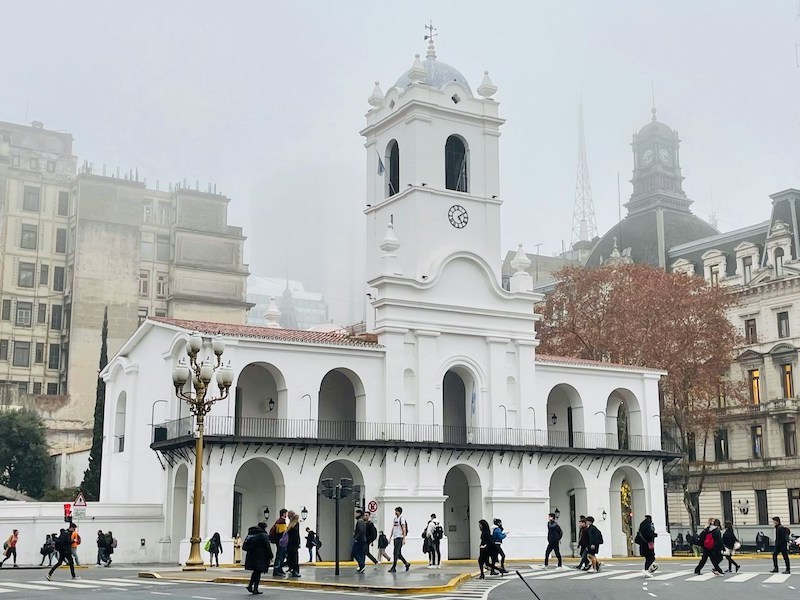
Cabildo
The Cabildo lies just off Plaza de Mayo, near the Casa Rosada, and is a beautifully preserved colonial building that once served as the seat of government in Buenos Aires. Its whit…
Cabildo
The Cabildo lies just off Plaza de Mayo, near the Casa Rosada, and is a beautifully preserved colonial building that once served as the seat of government in Buenos Aires. Its white arches and historic charm make it a standout on the square. Inside, the National Museum of the Cabildo and the May Revolution showcases artefacts from Argentina's colonial and early independence era, including religious icons, documents and everyday items. The quiet courtyard and occasional cultural events offer a peaceful break from the city's bustle, and a chance to connect with its layered past.
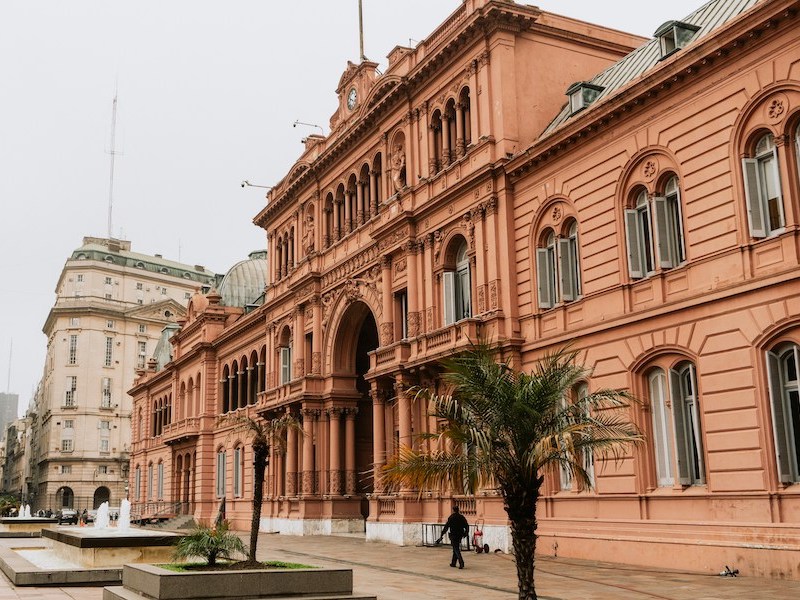
Casa Rosada
The iconic Casa Rosada is Argentina's presidential palace and stands as a symbol of power, protest and national pride. Overlooking Plaza de Mayo with its pink Italianate facade, pa…
Casa Rosada
The iconic Casa Rosada is Argentina's presidential palace and stands as a symbol of power, protest and national pride. Overlooking Plaza de Mayo with its pink Italianate facade, palm trees and fountains, the building has witnessed some of the country's most defining moments. It was from its famous balcony that Eva Perón, Argentina's beloved and controversial First Lady, addressed crowds in the 1940s, becoming a symbol of both compassion and political influence. Declared a National Historic Monument, the Casa Rosada also houses a museum beneath its foundations, where visitors can explore Argentina's presidential history through artefacts, documents and personal items from eras both celebrated and contested.
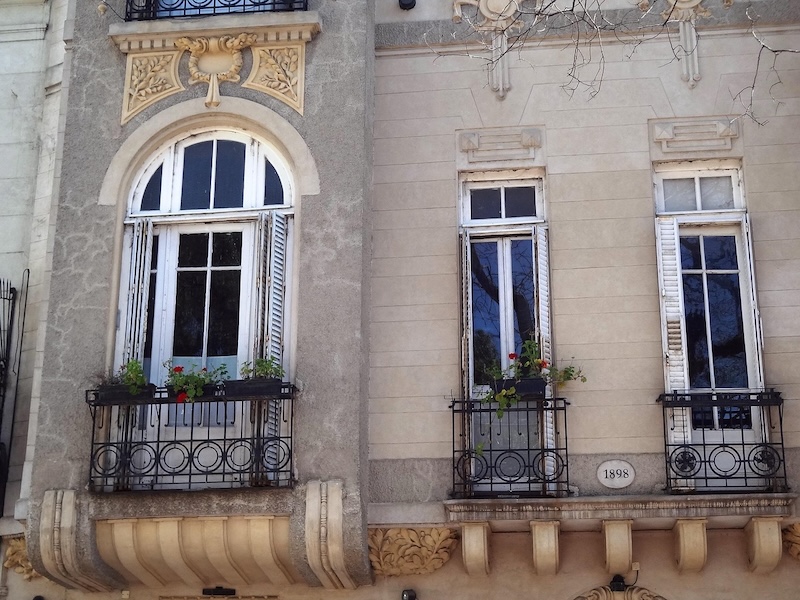
Plaza Dorrego
Plaza Dorrego lies in San Telmo, the bohemian heart of Buenos Aires and one of the birthplaces of tango. This charming square is surrounded by elegant colonial houses, and is now h…
Plaza Dorrego
Plaza Dorrego lies in San Telmo, the bohemian heart of Buenos Aires and one of the birthplaces of tango. This charming square is surrounded by elegant colonial houses, and is now home to antique shops, cafés and bars with tables spilling onto cobbled streets. Nearby, visitors will find top museums such as the Museo Histórico Nacional and the Museo de Arte Moderno. Every Sunday, the plaza hosts the lively Feria de San Telmo, a bustling market full of vintage treasures and handmade crafts. As evening falls and stalls are packed away, tango dancers take over the square, enchanting locals and tourists alike.
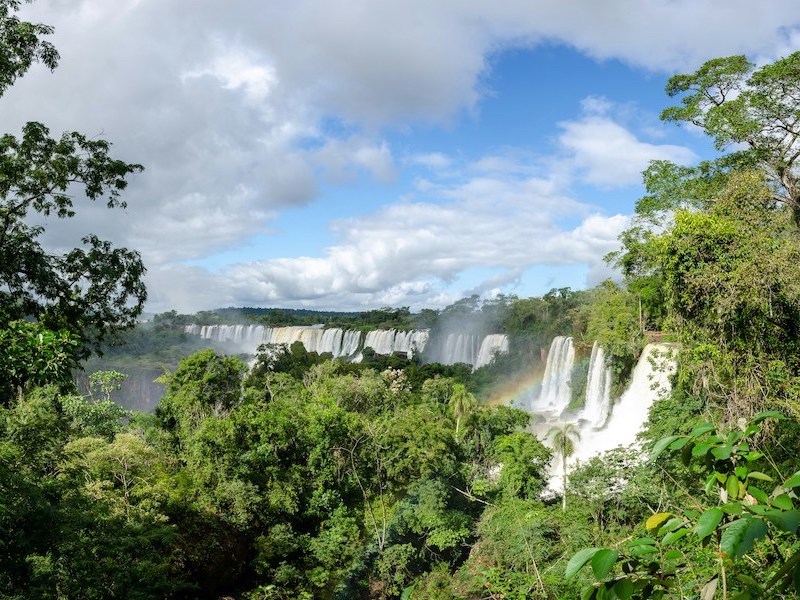
Iguazu National Park
Iguazú National Park is a vast subtropical rainforest in northeastern Argentina, home to thousands of species of plants, animals and birds such as colourful parrots and hummingbir…
Iguazu National Park
Iguazú National Park is a vast subtropical rainforest in northeastern Argentina, home to thousands of species of plants, animals and birds such as colourful parrots and hummingbirds. Recognised as a UNESCO World Heritage Site for both its natural beauty and ecological importance, the park is best known for Iguazú Falls, a spectacular series of 275 waterfalls along the Iguazú River. The most famous of these, Devil's Throat, drops nearly 230 feet (70m) at the border with Brazil, almost twice the height of Niagara Falls. Visitors can enjoy breathtaking views from walkways and platforms, or take a boat ride that gets close to the falls. The Ecological Jungle Train links several trails, including the Upper and Lower Circuits and the Macuco Trail. In the surrounding region, travellers can also visit Guarani communities and the ruins of San Ignacio Miní, a historic Jesuit mission.
Website www.iguazuargentina.com
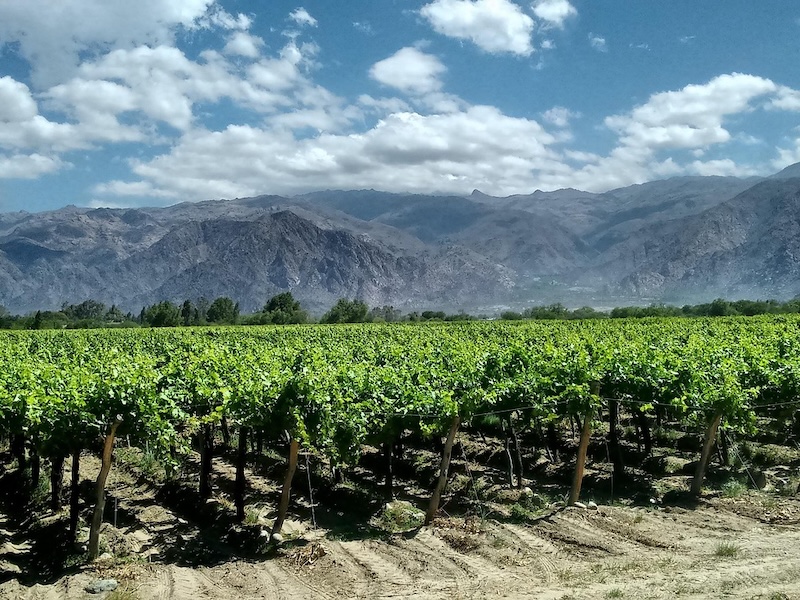
Mendoza
Mendoza Province lies at the foot of the spectacular Andes and is Argentina's leading wine-producing region, known especially for its award-winning malbec. The area is dotted with …
Mendoza
Mendoza Province lies at the foot of the spectacular Andes and is Argentina's leading wine-producing region, known especially for its award-winning malbec. The area is dotted with vineyards offering tours and tastings, and also produces excellent cabernet sauvignon and other varietals. The city of Mendoza is characterised by wide, leafy boulevards and a historic system of irrigation canals. Visitors can explore the Enoteca, a heritage wine museum and tasting space, and those arriving in late February may catch the Fiesta Nacional de la Vendimia, the country's vibrant grape harvest festival. Bodega La Rural is among the larger wineries in the region, and has tours that showcase the full winemaking process.
Near the Chilean border stands Mount Aconcagua, the highest peak in the Western Hemisphere at over 22,800 feet (6,961m). The surrounding park promises spectacular hiking and mountain views, though access is limited during low season, and guided treks are strongly encouraged. Mendoza is also home to La Leñas, one of Argentina's most popular ski resorts, known for its high-altitude slopes and deep powder.
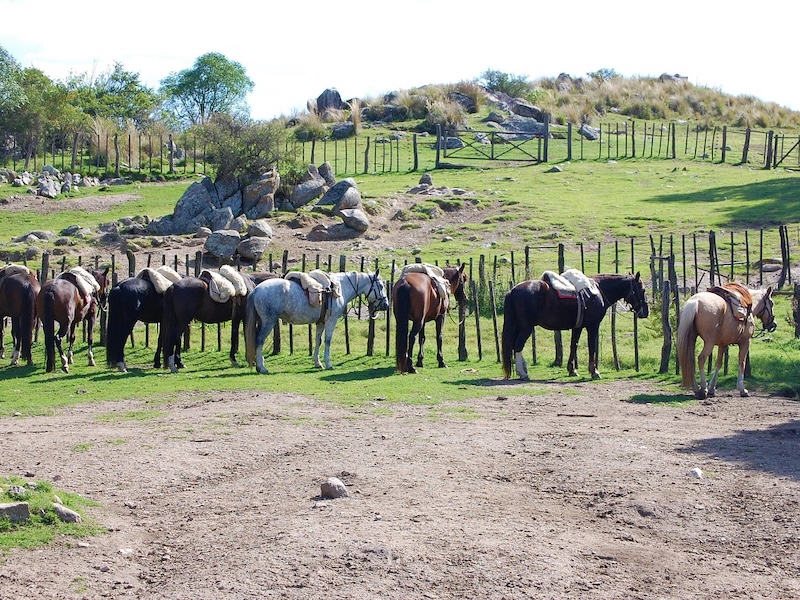
The Pampas
The vast flat plains of the Pampas are Argentina's agricultural heartland and the birthplace of the iconic gaucho cowboy. Spreading west and south from Buenos Aires, this fertile r…
The Pampas
The vast flat plains of the Pampas are Argentina's agricultural heartland and the birthplace of the iconic gaucho cowboy. Spreading west and south from Buenos Aires, this fertile region is home to the country's famous beef and grain industries, long considered the backbone of Argentina's economy. The landscape is dotted with small agricultural towns, many of which retain deep-rooted traditions and rural charm.
The Pampas offer excellent horseback riding, and many estancias (ranches) welcome visitors for day trips or overnight stays. Guests can explore the open grasslands on horseback, then enjoy a traditional asado, Argentina's celebrated barbecue. On weekends, visitors may also come across a doma, a gaucho-style rodeo featuring horse taming, races, games, and markets selling crafts and local food.
The region also has a range of wildlife typical of the South American plains. Animals such as the rhea, pampas deer, pampas fox, armadillos, and the elegant crested tinamou roam freely across the grasslands, providing a glimpse into the area's unique ecosystem.
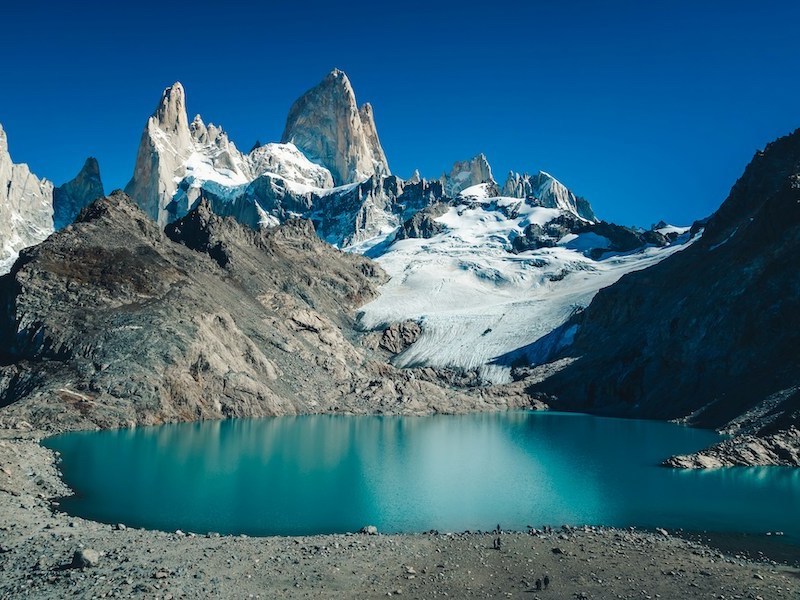
Patagonia
Adventurous travellers are drawn to the wild beauty and abundant wildlife of Patagonia, a vast region that stretches across Argentina and Chile from south of the Colorado River to …
Patagonia
Adventurous travellers are drawn to the wild beauty and abundant wildlife of Patagonia, a vast region that stretches across Argentina and Chile from south of the Colorado River to the southern tip of South America. Many visit Península Valdés, a Patagonian nature reserve on the coast of Argentina and UNESCO World Heritage Site, between July and April to witness thousands of southern right whales, elephant seals, and other marine mammals during their breeding season.
Further south, summer is the best time to visit to avoid harsh winter temperatures that can drop below 13°F (-25°C). Along the Río Chubut valley, visitors can explore the rich Welsh cultural heritage, while nearby Punta Tombo hosts one of the largest Magellanic penguin colonies in South America. Fly-fishing enthusiasts are attracted to rivers such as the Río Gallegos.
Near the Andes, national parks such as Parque Nacional Perito Moreno and Los Glaciares feature stunning lakes and glaciers, with the Perito Moreno Glacier, a massive river of ice that calves dramatically into Lake Argentino, being a major highlight.
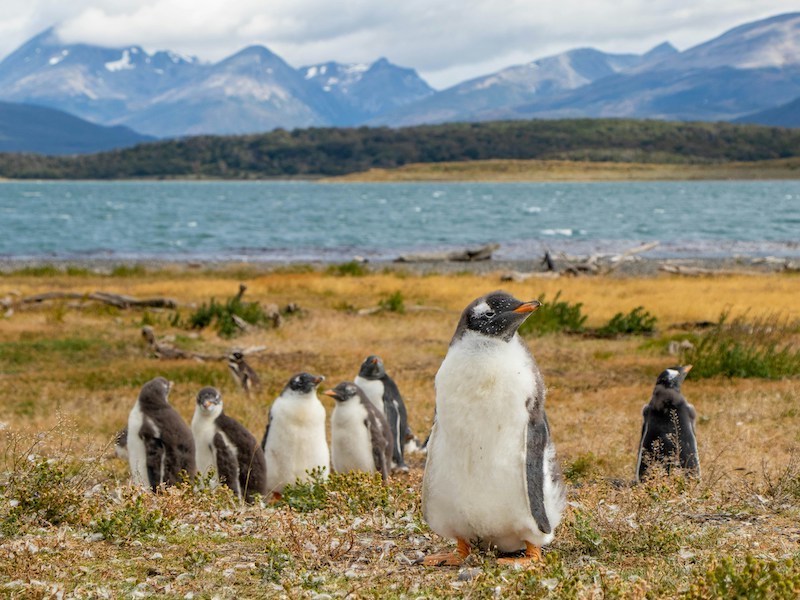
Tierra del Fuego
This island territory at the southern tip of South America is shared by Chile and Argentina and is known for its dramatic, windswept scenery. Although located further south, much o…
Tierra del Fuego
This island territory at the southern tip of South America is shared by Chile and Argentina and is known for its dramatic, windswept scenery. Although located further south, much of Tierra del Fuego has a temperate maritime climate, with cool summers and milder winters than the more extreme interior of mainland Patagonia.
The principal tourist destination is Ushuaia, a lively port town and base for visiting the scenic Beagle Channel, trekking in Parque Nacional Tierra del Fuego, or hiking in the southern mountain ranges, where lakes, snow-capped peaks, and dense beech forests define the landscape. Ushuaia is also the main gateway for cruises to Antarctica, with ships departing to visit colonies of penguins, seals, sea lions, and seabirds.
Nearby, the Les Eclaireurs Lighthouse is a popular photo stop, and the area also hosts a few small ski resorts offering both downhill and cross-country skiing. Further north, anglers head to the Río Grande, considered one of the best brown trout rivers in the world.


